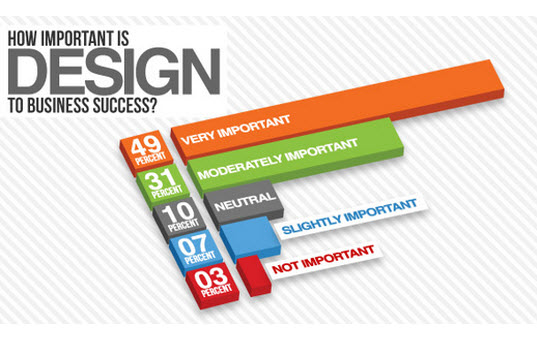Interested In Finding Out How Website Layout Has Developed? Discover The Journey From Uncomplicated Styles To User-Centric Approaches
Interested In Finding Out How Website Layout Has Developed? Discover The Journey From Uncomplicated Styles To User-Centric Approaches
Blog Article
Web Content Author-Carstens Vangsgaard
In the past, sites were straightforward and concentrated on information. Navigating was straight, and design was for desktops. Currently, individual experience is key. Information overviews designs for easy navigating. Receptive layouts match different devices. Today, dark setting reduces pressure, and minimal menus boost navigation. Interactive attributes engage individuals, and bold visuals stick out. AI combination improves engagement. See just how style has progressed to improve your online trip.
Very Early Days of Web Design
In the very early days of website design, simpleness reigned supreme. Sites were basic, with limited shades, font styles, and designs. The focus got on offering info rather than flashy visuals. Users accessed the net via slow-moving dial-up connections, so speed and performance were crucial.
Navigation menus were straightforward, typically located at the top or side of the web page. Websites were designed for desktop computers, as mobile surfing wasn't yet prevalent. Web content was king, and designers focused on very easy readability over complicated layout elements.
HTML was the primary coding language made use of, and designers needed to work within its restraints. Animations and interactive attributes were very little compared to today's standards. Web sites were fixed, with little dynamic web content or individualized individual experiences.
Surge of User-Focused Design
With the advancement of website design, a change towards user-focused style concepts has come to be progressively popular. Today, developing web sites that focus on individual experience is vital for involving site visitors and attaining service goals. User-focused layout involves recognizing the needs, preferences, and habits of your target market to tailor the website's layout, content, and includes accordingly.
Developers now perform thorough study, such as individual surveys and use screening, to collect understandings and feedback directly from users. This data-driven strategy helps in producing user-friendly navigation, clear calls-to-action, and visually attractive user interfaces that resonate with site visitors. By putting the customer at the center of the layout procedure, web sites can deliver a much more tailored and pleasurable experience.
Responsive style has also become a crucial facet of user-focused design, guaranteeing that web sites are maximized for different tools and screen sizes. This flexibility improves ease of access and use, accommodating the diverse means users connect with websites today. Basically, the surge of user-focused layout represents a shift in the direction of creating electronic experiences that prioritize the needs and expectations of completion customer.
Modern Trends in Website Design
Explore the latest fads shaping web design today. One famous trend is dark setting layout, using a streamlined and modern appearance while reducing eye strain in low-light settings. see more is minimalist navigating, streamlining food selections and improving customer experience by concentrating on essential elements. Integrating micro-interactions, such as animated switches or scrolling impacts, can develop a more appealing and interactive web site. Receptive layout remains crucial, making certain seamless user experiences throughout different gadgets. Additionally, making use of vibrant typography and unbalanced designs can include visual passion and accentuate certain material.
Incorporating AI modern technology, like chatbots for customer assistance or customized referrals, enhances customer involvement and enhances processes. Availability has also end up being a substantial trend, with developers prioritizing inclusive layout practices to satisfy diverse user requirements. Accepting https://www.forbes.com/sites/forbesagencycouncil/2020/02/18/12-actionable-tips-for-search-engine-optimization-novices/ by optimizing web site efficiency for rate and efficiency is one more arising trend in web design. Collaborating with individual feedback and information analytics to iterate and boost layout constantly is vital for staying appropriate in the ever-evolving digital landscape. By welcoming these modern-day fads, you can produce a visually appealing, straightforward web site that reverberates with your audience.
Final thought
As you review the advancement of internet site style from the early days to currently, you can see exactly how user-focused layout has become the driving pressure behind modern patterns.
Welcome the trip of change and adaptation in website design, always keeping the individual experience at the leading edge.
Stay current with the current patterns and technologies, and never stop evolving your strategy to create aesthetically magnificent and easy to use internet sites.
Advance, adjust, and produce - the future of web design remains in your hands.
